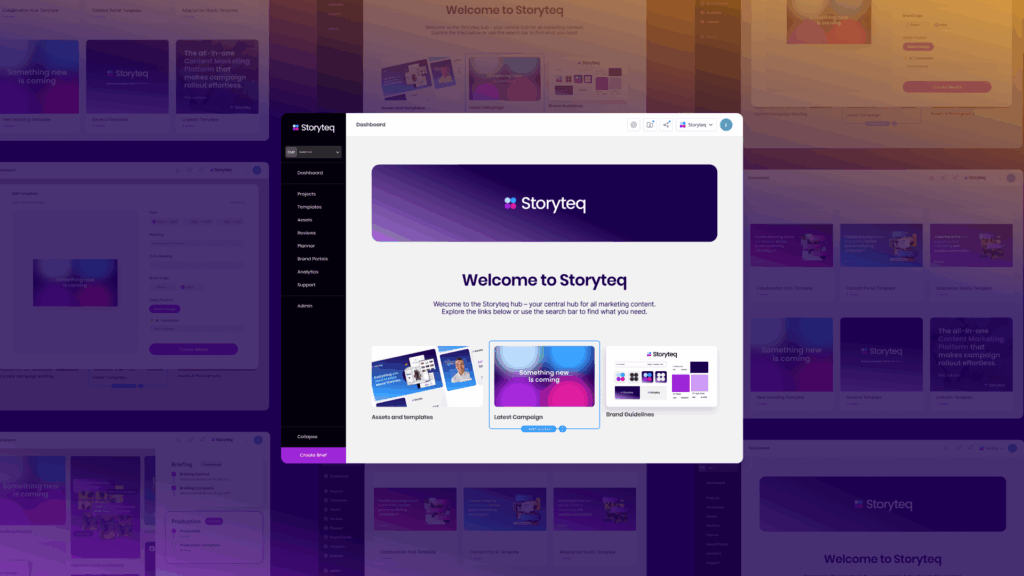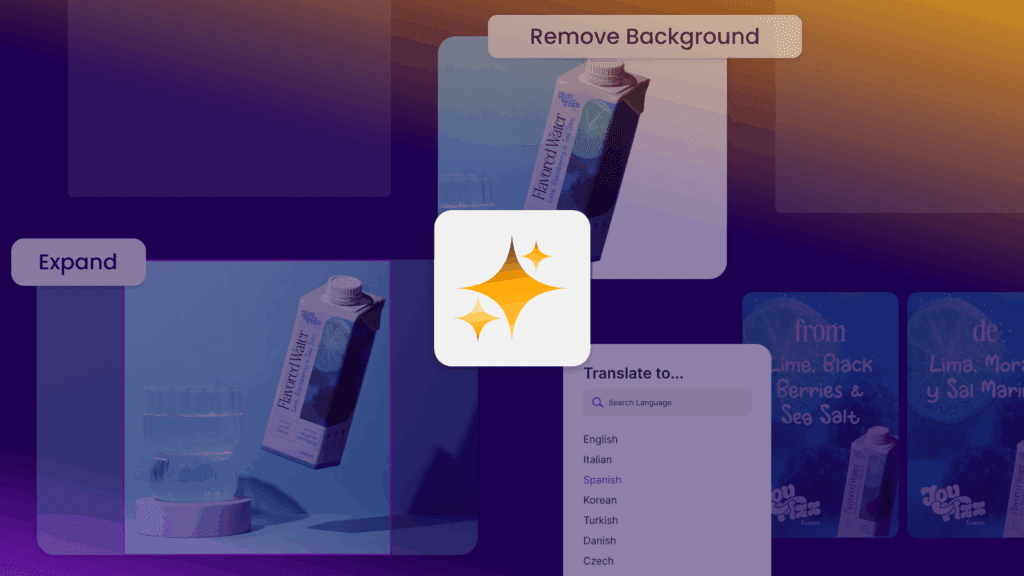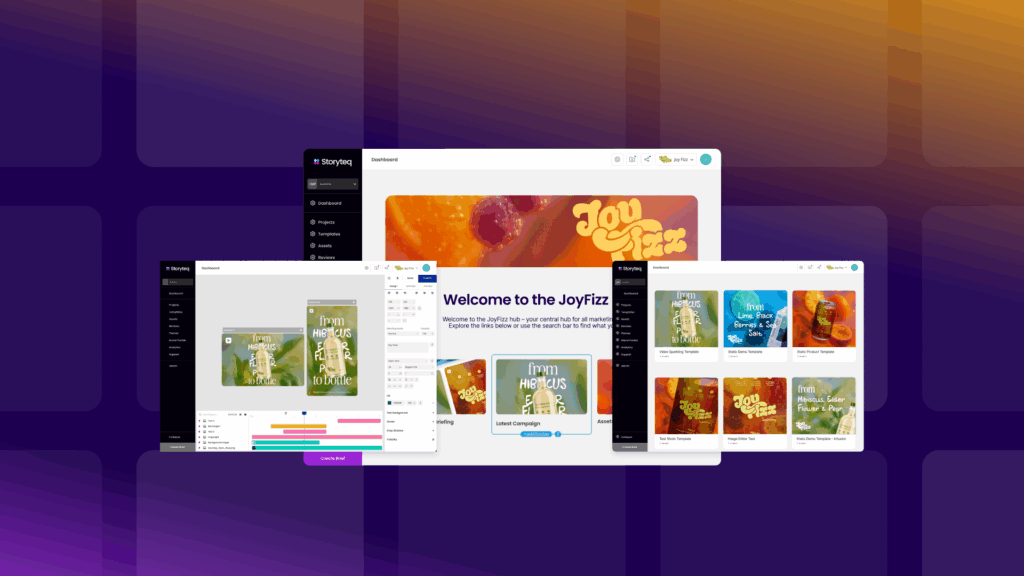AI content creation tools have revolutionized how marketing teams produce, manage, and distribute content. These platforms feature intelligent automation capabilities that streamline creative workflows, allowing for faster production cycles while maintaining brand consistency. The core features typically include template-based content generation, personalization engines, workflow automation, brand consistency controls, and integration capabilities with existing MarTech stacks. Modern AI tools go beyond simple content creation to offer comprehensive solutions for managing the entire content lifecycle—from ideation to distribution and performance analysis.
Understanding AI-powered content creation for marketing teams
AI-powered content creation tools transform how marketing teams develop and distribute content by automating repetitive tasks and enhancing creative workflows. These platforms leverage artificial intelligence to facilitate efficient content production at scale, allowing teams to focus on strategic thinking rather than manual adaptations.
The fundamental transformation comes from shifting from one-off creative production to template-based systems that can generate hundreds or thousands of variations from a single master asset. This approach allows marketing teams to produce on-brand content for multiple channels, markets, and audiences without starting from scratch each time.
AI tools also enhance collaboration between team members by centralizing assets, feedback, and approvals in one system. This eliminates the confusion of scattered files and fragmented communication that often plagues traditional creative processes.
Moreover, these platforms provide valuable insights into content performance, helping teams make data-driven decisions about which creative approaches are most effective. This intelligence loop enables continuous improvement in both content quality and production efficiency.
How does AI enhance content personalization capabilities?
AI dramatically enhances content personalization by enabling marketers to create tailored experiences for specific audience segments at scale. Through dynamic template systems, AI tools allow elements like text, images, colours, and calls-to-action to be automatically adapted based on user data or contextual triggers.
These personalization capabilities work by connecting content templates with data sources that inform which elements should change for different audiences. For example, a beverage brand might use AI to automatically adjust campaign visuals and messaging for seasonal events like Christmas, Valentine’s Day, or Black Friday—selecting appropriate backgrounds, colour schemes, and taglines that resonate with the occasion.
AI personalization extends beyond visual elements to include:
- Audience segmentation that automatically delivers different content versions based on demographic or behavioural data
- Dynamic content elements that change in real-time based on contextual factors like location, weather, or time of day
- Multichannel adaptation that ensures content is appropriately formatted and personalized for each distribution channel
- Language and cultural adaptations for global campaigns that require localization
This level of personalization would be impossible to implement manually at scale, but AI makes it achievable for marketing teams of any size.
What automation functionalities streamline creative production?
Creative production is streamlined through several key automation functionalities that eliminate repetitive tasks and accelerate delivery. The most impactful is template-based production, where designers create master templates with dynamic elements that can be modified automatically based on campaign requirements.
Batch generation capabilities allow marketers to produce hundreds or thousands of content variations simultaneously by connecting templates to data sources like spreadsheets. This transforms what would have been days or weeks of manual work into a process that takes minutes.
Workflow automation features help manage the content development lifecycle by:
- Automating repetitive tasks like resizing, format conversion, and background removal
- Centralizing feedback and approval processes to reduce revision cycles
- Tracking version history to ensure teams are working with the most current assets
- Managing content distribution across multiple channels and platforms
Post-production AI has proven particularly valuable, handling time-consuming tasks like auto-resizing, background removal, and image swaps. This frees creative teams to focus on higher-value strategic and creative work rather than tedious adjustments.
These automation functionalities collectively transform content production from a linear, labour-intensive process to an efficient, scalable system that can meet the demands of modern multichannel marketing.
How can AI maintain brand consistency across marketing materials?
AI tools maintain brand consistency by embedding brand guidelines directly into content creation systems. Through rules-based templates, these platforms ensure that all content elements—from colours and typography to imagery and messaging—adhere to established brand standards regardless of who creates the content.
Digital asset management features within AI content platforms centralize approved brand assets, making it easy for teams to access the correct logos, images, and design elements. This eliminates the risk of outdated or incorrect assets being used in new content.
Brand rule enforcement is implemented through:
- Locked template elements that cannot be modified by users
- Restricted colour palettes and typography options that align with brand guidelines
- Pre-approved image libraries that ensure visual consistency
- Automated quality control checks that flag potential brand violations
These systems democratize content creation by allowing more team members to produce on-brand materials without extensive design training. Marketing teams can empower individuals across the organization to create content while maintaining confidence that the output will remain consistent with brand guidelines.
By centralizing brand assets and rules in one platform, organizations can also ensure that updates to brand guidelines are immediately reflected across all content creation activities, maintaining consistency even as the brand evolves.
What integration capabilities should marketers look for?
Marketers should look for AI content creation tools that offer seamless integration with existing MarTech stacks to maximize efficiency and effectiveness. The most valuable platforms connect with design software, content management systems, digital asset management solutions, and distribution channels.
Key integration capabilities include:
- Design software compatibility with tools like Adobe Creative Suite, particularly After Effects and Photoshop, allowing designers to create templates in their preferred environments
- API flexibility that enables custom connections with proprietary systems and workflows
- Direct publishing integrations with social media platforms, advertising networks, and content management systems
- Analytics connections that feed performance data back into the content creation process
When evaluating integration options, consider how the platform handles input and output. The best solutions accept various data formats for content generation and can produce outputs optimized for different channels and devices.
Integration compatibility significantly impacts implementation success and adoption rates. Tools that work seamlessly with existing systems reduce training requirements and allow teams to maintain familiar workflows while gaining the efficiency benefits of AI-powered automation.
Look for platforms that offer robust customer support and services during integration, including consultancy services and live onboarding assistance to ensure smooth implementation.
Essential considerations when implementing AI in your content strategy
Implementing AI content creation tools requires thoughtful planning to maximize benefits and ensure successful adoption. Begin by conducting a thorough assessment of your current content production processes, identifying bottlenecks and repetitive tasks that could benefit from automation.
Transitioning to a template-based approach is critical for success. This shift in thinking requires teams to move from creating one-off designs to developing flexible templates that can generate multiple variations. Involve designers early in this process to ensure templates are both creatively compelling and technically functional.
When selecting a platform, prioritize:
- User-friendly interfaces that minimize learning curves for team members
- Scalability to handle your content volume requirements
- Support services that will help with implementation and ongoing optimization
- Data security features to protect brand assets and customer information
Set clear success metrics before implementation to measure the impact on production time, cost per asset, and content performance. This creates accountability and helps justify the investment in AI technology.
Finally, provide adequate training for team members and start with smaller projects to build confidence and expertise before scaling to larger campaigns. At Storyteq, we’ve seen that a phased implementation approach typically leads to better adoption and more successful outcomes for marketing teams implementing AI content creation tools. Learn more about implementing AI in your content strategy through our personalized demo sessions.



